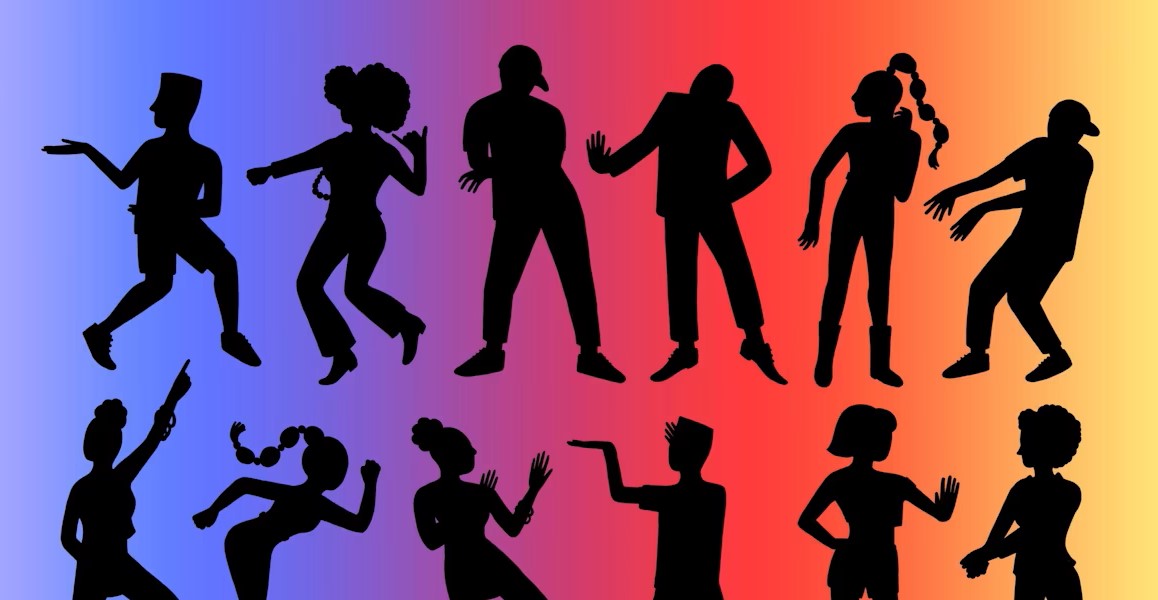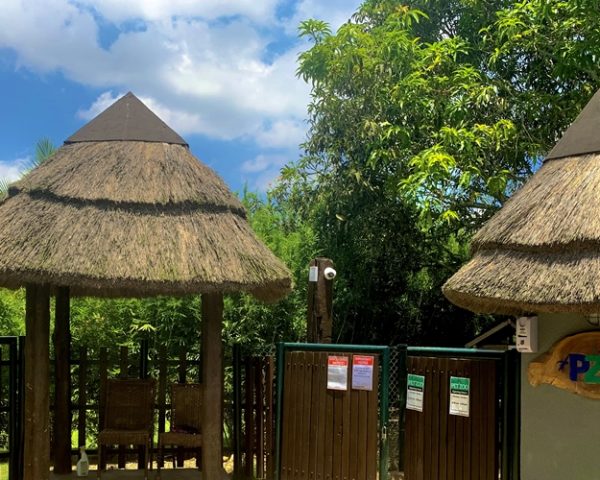Azonto: The Dance and Music Genre that Defines Ghana’s Rhythm

Azonto
Azonto, this dance and music genre was born from the bustling streets of Accra, and transcended local boundaries to become a global sensation. In this article, we’ll delve into the heart of Azonto, exploring its origins, its unique characteristics, and its enduring impact on both the music and dance scenes in Ghana and beyond. We’ll also take a closer look at some of the popular artists who have made Azonto a household name, including Fuse ODG, Gasmila, Sarkodie, EL, and even international stars like Wizkid.
Origins of Azonto
Azonto’s roots can be traced back to the coastal areas of Accra, where it emerged as a popular dance style in the early 2010s. This vibrant and energetic dance craze quickly took hold of the Ghanaian youth, spreading like wildfire throughout the nation. Azonto, in essence, is a dance form that tells a story through movements, expressions, and energy.
Dance: The Art of Storytelling
Azonto is more than just a dance; it’s a form of communication. Dancers use intricate movements, gestures, and facial expressions to convey stories, emotions, and messages. The dance is characterized by quick footwork, hip gyrations, and playful, synchronized hand movements. It is an art form that beautifully blends tradition with modernity, incorporating elements of hiplife, hip-hop, and traditional Ghanaian dances.
Music: The Rhythmic Heartbeat
Azonto music is the lifeblood of the dance, providing the infectious beats that drive the energetic movements. The genre features a fusion of various music styles, including hiplife, highlife, and hip-hop, creating a dynamic and electrifying sound. Lyrics often focus on everyday life in Ghana, touching on themes like love, social issues, and the daily experiences of the youth.
Azonto music is celebrated for its ability to unite people in dance, and several popular artists have contributed to its global success. Fuse ODG, one of the pioneers, is known for hits like “Antenna” and “Azonto.” Gasmila’s “Telemo” is a classic Azonto hit with its catchy beat and danceable rhythms. Sarkodie, a Ghanaian music legend, added to the Azonto allure with tracks like “You Go Kill Me.” EL, with hits like “Kaalu” and “Koko,” has also embraced the genre. Even international superstar Wizkid joined the Azonto movement, creating cross-border hits like “Azonto” that united fans across West Africa.
Azonto’s Global Influence
Azonto transcended its Ghanaian roots to gain recognition on the international stage. It became a global dance sensation, capturing the attention of artists, dancers, and music enthusiasts worldwide. The “Azonto Fever” spread across Africa and the diaspora, with music videos, dance challenges, and Azonto-inspired events becoming a global phenomenon. Ghanaian international footballers like Asamoah Gyan incorporated the dance in their winning stunts and moves.

Azonto’s Enduring Impact
Azonto’s impact is more than just a dance and music genre; it’s a cultural movement that celebrates Ghana’s creativity and resilience. The dance has become a symbol of national pride, uniting Ghanaians and promoting their cultural heritage. Its influence is still felt in contemporary Ghanaian music, and the dance remains a vibrant part of social gatherings, celebrations, and events.
Azonto is more than a dance; it’s a celebration of life, culture, and the rhythmic heartbeat of Ghana. This dance and music genre have made an indelible mark on the global stage, captivating audiences and transcending borders. Its origins rooted in the streets of Accra have grown into a cultural phenomenon that continues to shape the music and dance scenes, and most importantly, the hearts and spirits of those who experience its rhythms and storytelling movements. As Azonto’s journey continues, it remains a testament to the power of music and dance to connect people, bridge cultures, and celebrate life’s vibrant and diverse narratives.






Leave a Reply